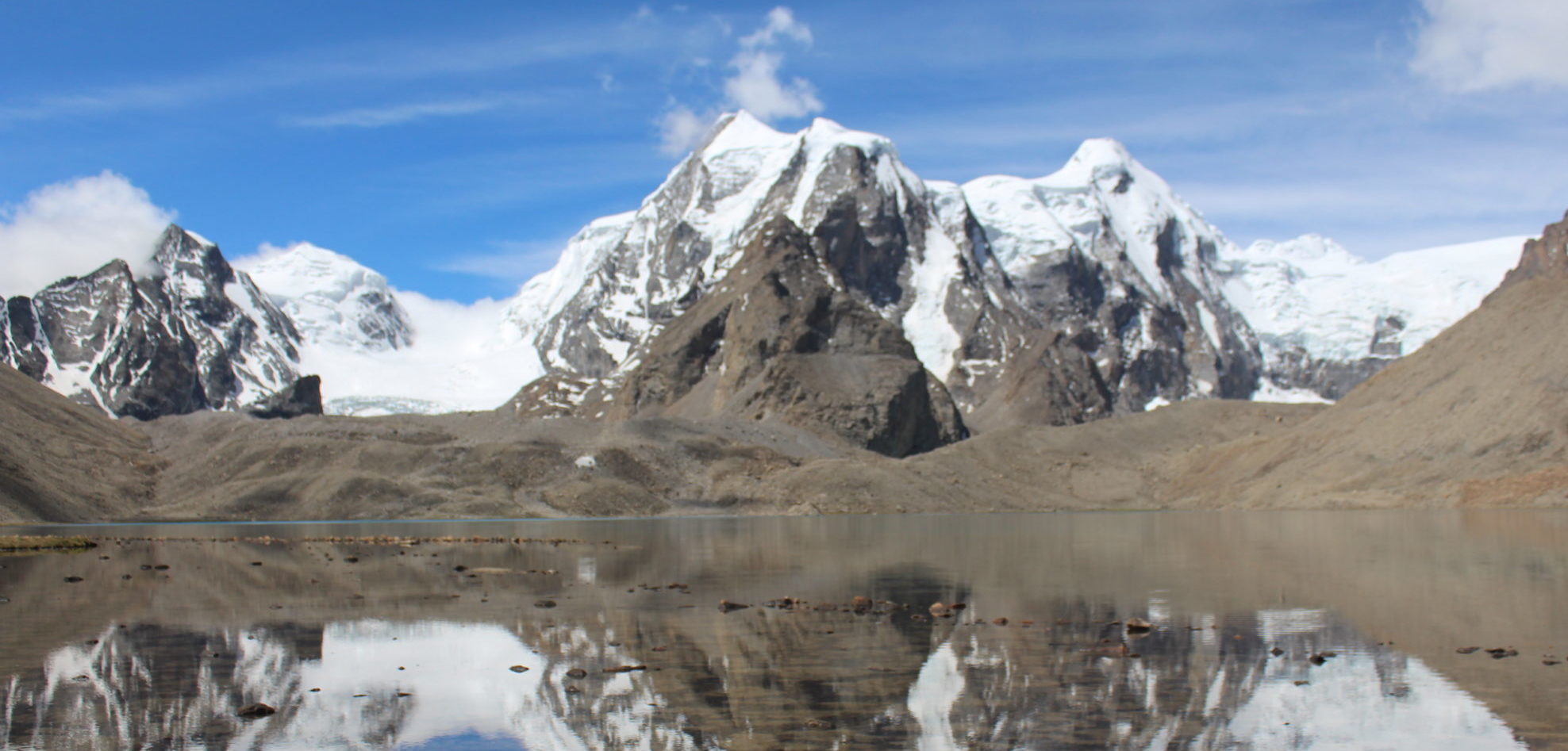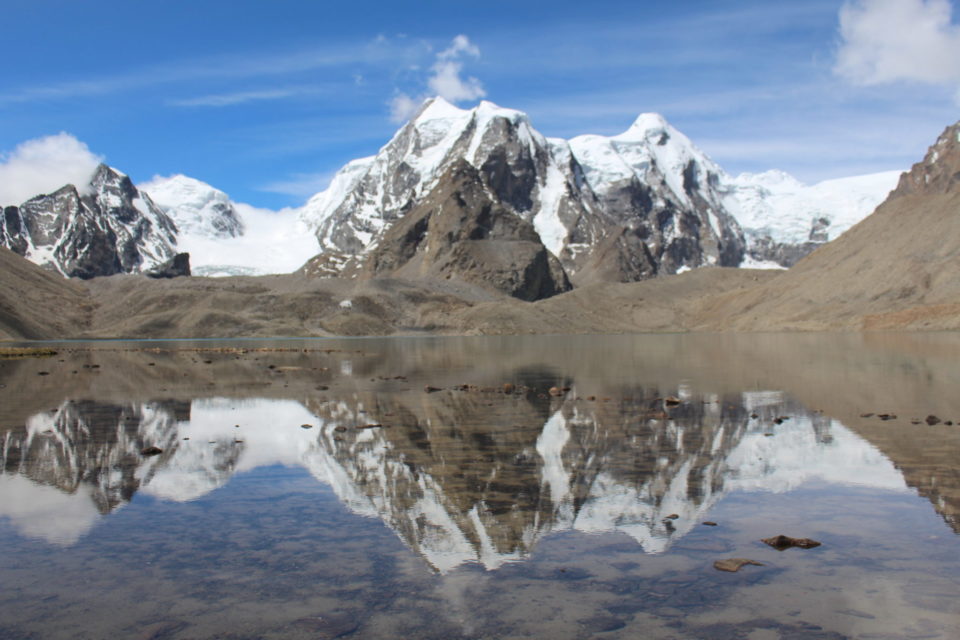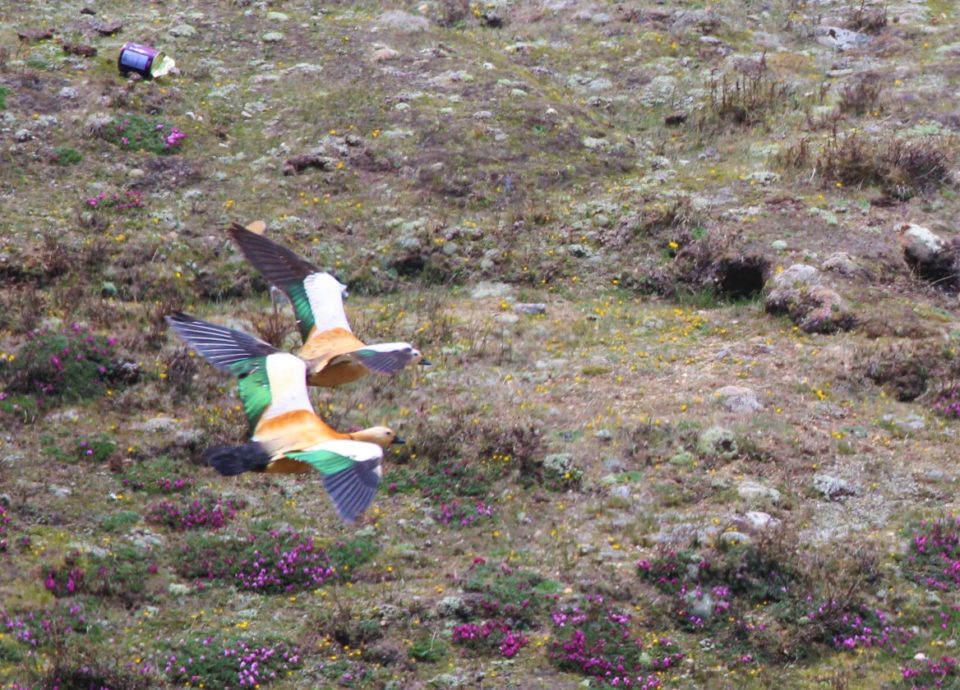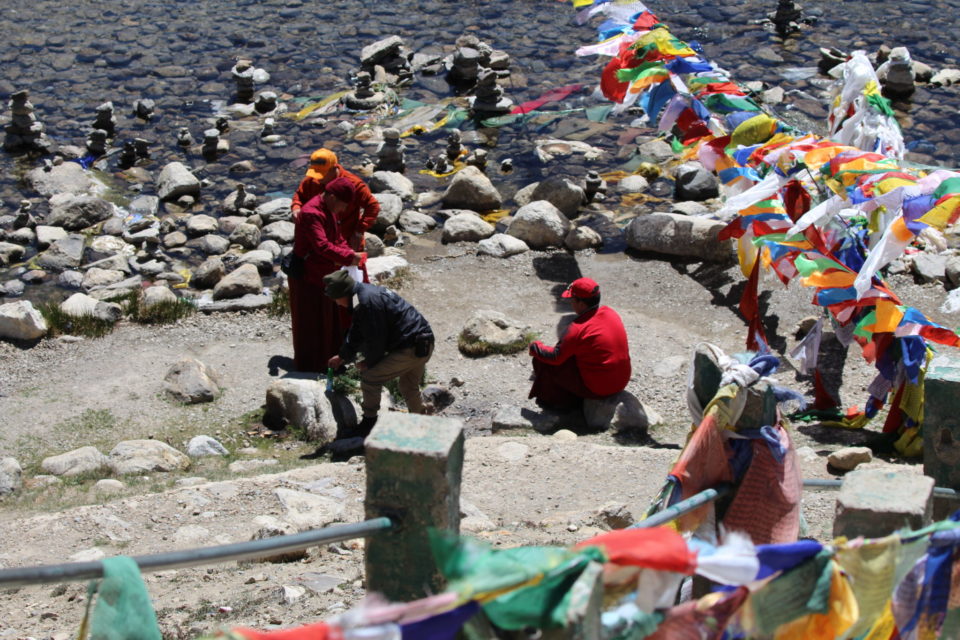
Preserving high altitude wetlands of Sikkim
-
Integrated management planning
-
Integrating wetlands in water management
-
Natural infrastructure solutions
-
Rivers and lakes
High altitude wetlands form a subset of wetlands located above the natural treeline, occupying altitudes higher than 3000m. Formation of these wetlands is largely governed by existence of permafrost and an extremely cold climate. Many of these high altitude wetlands are located in the headwaters, from which rivers originate. By regulating flows, these wetlands buffer downstream areas from floods and droughts apart from playing a central role in microclimate regulation. Plethora of biodiversity thrives in these ecosystems as they provide pivotal habitats for foraging and breeding of many endemic species. A majority of these wetlands form an integral part of economic and socio-cultural fabric of the societies. However, increasing anthropogenic pressures amalgamated with climate change impacts are threatening the stability of these ecosystems, vital to water and food security.
Taking cognizance of the criticality of the situation, Wetlands International South Asia is undertaking a project aimed at formulation of a model management planning framework for High altitude wetlands in select Himalayan landscapes. The project envisions to integrate wetland conservation and wise-use concept within current management regimes of high-altitude wetlands. This project, is planned and implemented under the aegis of ‘SECURE Himalayas’ programme which is commissioned by the Ministry of Environment, Forests and Climate Change, Government of India and United Nations Development Programme.

Sikkim Himalayas are endowed with numerous high-altitude wetlands, particularly in the North district. The Government of Sikkim recommended Gurudongmar wetland complex, located within the headwaters of Teesta River, as the pilot site. A reconnaissance survey of Gurudongmar wetland complex was undertaken by WISA’s technical team in the month of June,2019 to gain a first-hand account of the situation.
Situated at an altitude of 5183 m, Gurudongmar wetland complex truly represents a cold desert biome characterizing Trans Himalayan biogeographic zone. The wetland landscape is surrounded by snow laden mountains and is dotted with topographic landforms curated by glacial movements. Though dominated by moraines, the landscape supports several dynamic and vibrant life-forms ranging from low order lichens to alpine meadows and higher mammals like Tibetan argali, gazelles, Kiangs, yaks and snow leopard mostly endemic to these areas, thereby, enhancing their ecological significance. Gurudongmar forms an integral part of the local belief system with a number of legends and traditions associated with it. It is revered as a spiritual entity and is also protected under the Places of Worship (Special Provisions) Act, 1991. The indigenous communities vouch by the miraculous powers of its waters that are considered to be blessed by Guru Padmasambhava in 8th Century A.D. with many taking annual pilgrimage to Gurudongmar. Famed for being one of the world’s highest wetland complex, Gurudongmar witnesses an average domestic tourist footfall of 100,000 per year.

Technical team’s visit to the wetland and their interaction with the local stakeholders brought to fore a number of issues that need urgent attention. The major challenges identified were increasing tourist influx, landscape fragmentation, disposal of solid waste, adverse impacts increasing of wild dog population and climate change risks. A common grievance voiced by Lachenpas, the indigenous community of the region, was defying local norms associated with Gurudongmar by the tourists. Apart from the community interactions, several meetings were also conducted with the Government officials which also emphasized the need of integrated management planning.
Although the process of formulation of the framework is underway, it would be a challenging task. Yet, Wetlands International South Asia is determined to integrate these encompassing issues and concerns into a single framework which has a wider application.

